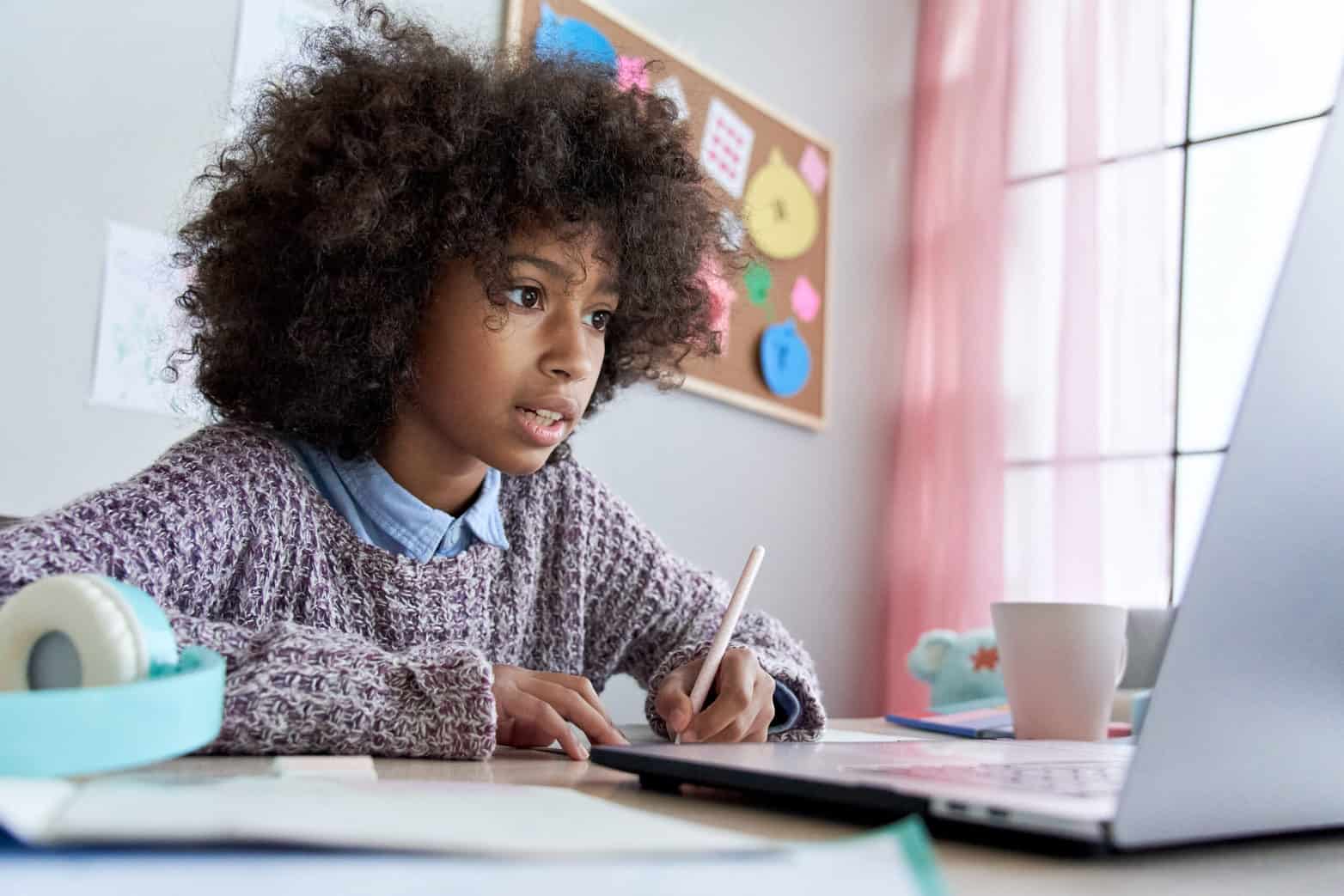Student Engagement Overview
We know that student engagement is key to unlocking a student’s potential to learn, retain, and apply grade-level content and standards. When students are more fully engaged in their learning, they’re more likely to be self-motivated and are better equipped to master grade-level content and/or standard(s). As educators, it is our responsibility to ensure we are providing all students with access to learning environments and tasks that foster authentic engagement, regardless of what our classrooms currently “look like.” We need to know and understand our students’ curiosities, interests, and passions in order to merge those things with what is being taught. Engagement, like anything else, needs to be explicitly defined and modeled for our students. Below, we will share five of our favorite strategies that will help increase your student engagement in no time.
Strategies for Increasing Student Engagement
Learning Inventories
As an engagement strategy, using learning inventories is a way to make learning transparent and visible for students. A learning inventory is more than a planning tool for teachers. It starts with the standards to be addressed and builds from there. Begin by writing student-friendly learning intentions/objectives. Next, design and outline the tasks that students will complete in order to meet the learning intentions. Continue with writing success criteria. These can also be co-created with students (see more about success criteria below). Finally, provide a space for students to determine their level of mastery prior to instruction and after. Students can self-assess their learning and progress toward mastery of standards, which increases engagement in the learning tasks themselves. Here are a few ideas on how this can be incorporated during the school day:
- Begin the lesson with an explanation of the learning intentions
- Explain the tasks and task expectations
- Co-construct the success criteria
- Provide time for self-assessment before and after the lesson
Inquiry-Based Learning
When designing instructional tasks, include inquiry-based activities that allow learners to respond to their curiosity by solving authentic problems. This encourages questioning and building knowledge around topics that interest students and therefore creates more engagement in the tasks. Consider these ideas when thinking about how this can be incorporated during the school day:
- Genius Hour
- Student Clubs
- Project-Based Learning (PBL)
- Small-Group Work
Success Criteria
Success criteria help students understand where they are headed. Use of criteria provides them with the standards by which their product/performance will be scored/graded. This strategy is most effective when students are included in the creation of them. It invites them into conversations around what they are learning, why they are learning it, and how they will know if they have learned it, thus allowing them to take ownership over their learning. It eliminates the guesswork and reminds students of what they need to focus on in order to successfully complete the task at hand. Here are a few ideas on how this can be incorporated during the school day:
- Create behavior norms
- Create speaking and listening norms
- Create expectations around transitioning
- Formatively assess throughout instructional lessons
Evidence-Based Discussions
Academic discourse is a critical tool for engaging students in learning, processing, and retaining information. Allowing for students to generate and answer questions can be a powerful engagement tool allowing them to highlight their use of academic and content-specific language. With a 0.82 effect size, this strategy has the potential to considerably accelerate student achievement. Incorporating this into the school day might look like the following:
- Socratic Seminars
- Reciprocal Teaching
- Jigsaw
- Turn-and-Learn Opportunities
Click here for additional examples.
Student Efficacy
When examining the learning environment, reflect on who’s doing most of the talking in the classroom. If a shift is needed, work toward a more learner-directed environment to improve student self-efficacy. When students persevere through challenging tasks, they are better equipped to do so time and time again. When teachers model the processes of completing instructional tasks, students can build their capacity for self-efficacy. A few ideas on how this can be incorporated during the school day:
- Small-Group Instruction
- Collaborative Work Opportunities
- Student-Led Conferencing
- Metacognitive Strategies


















